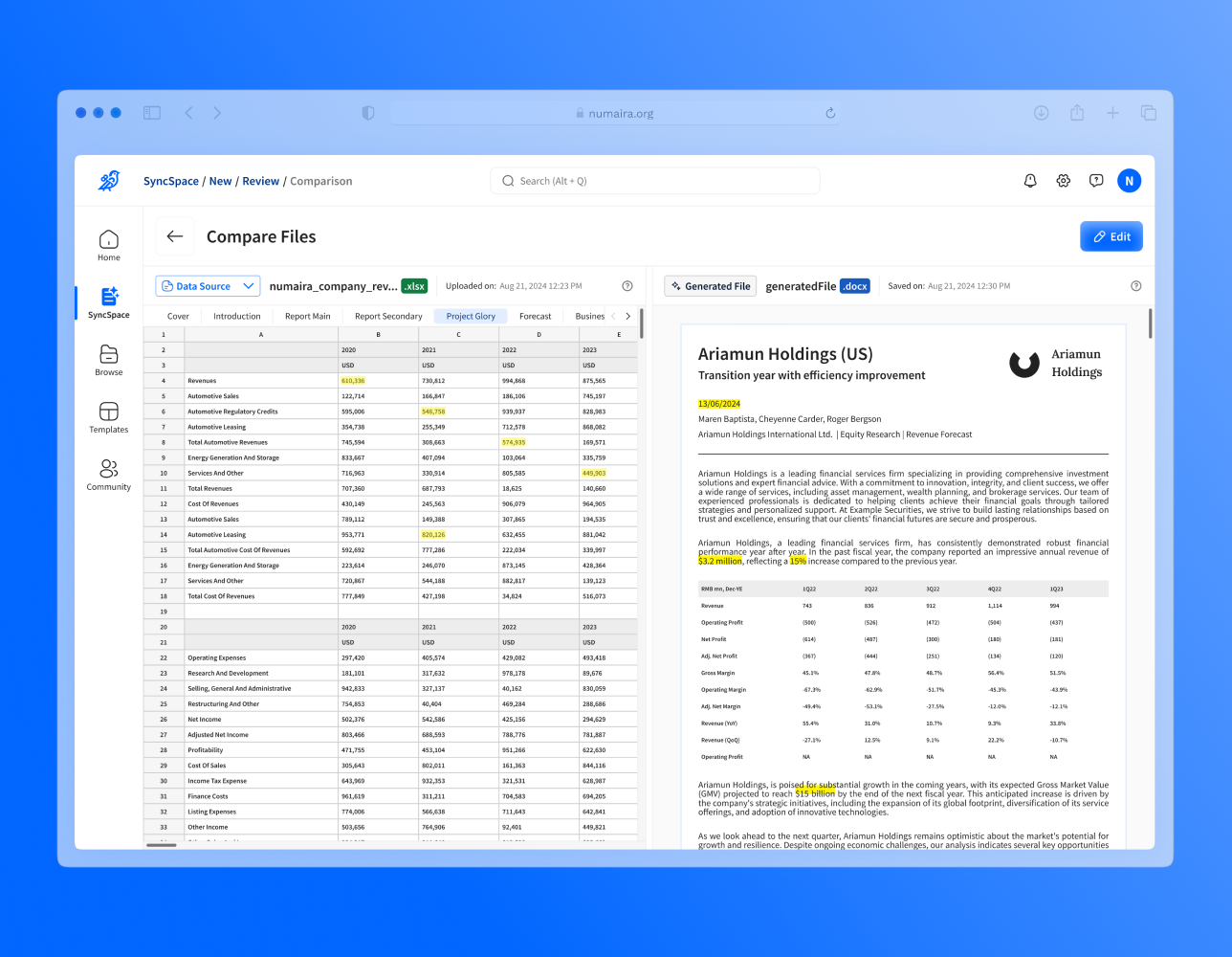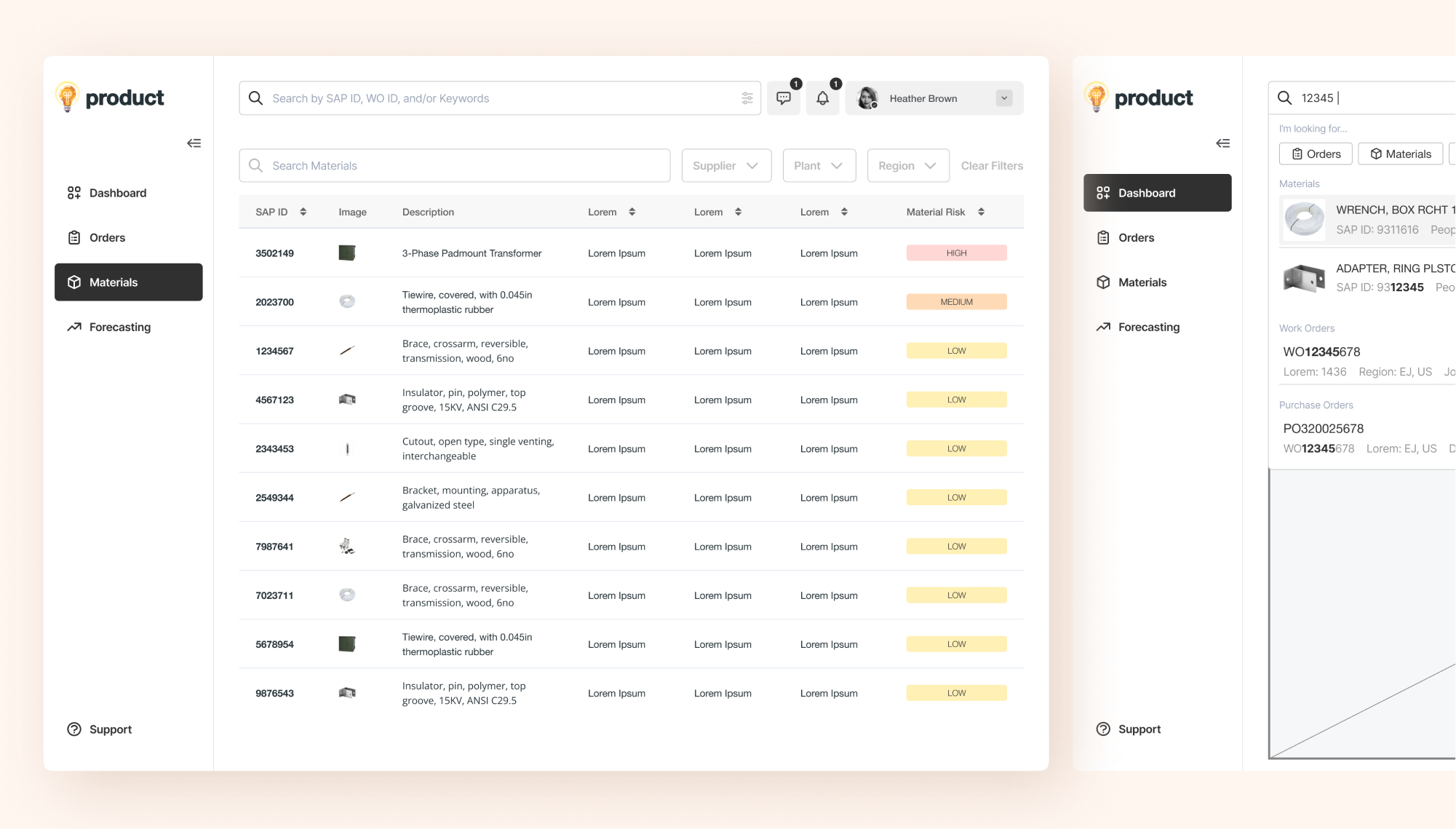
Chapters
Product Design Intern
6 Designers
3 Consultants
Jun 2023 – Aug 2023
(3 Months)
The client had been dealing with a material tracking issue in their warehousing system and needed help keeping pace with demand. The client used word of mouth and emails rather than their inaccurate and poorly designed systems. Due to NDA, some content had to be modified and blurred for client confidentiality.
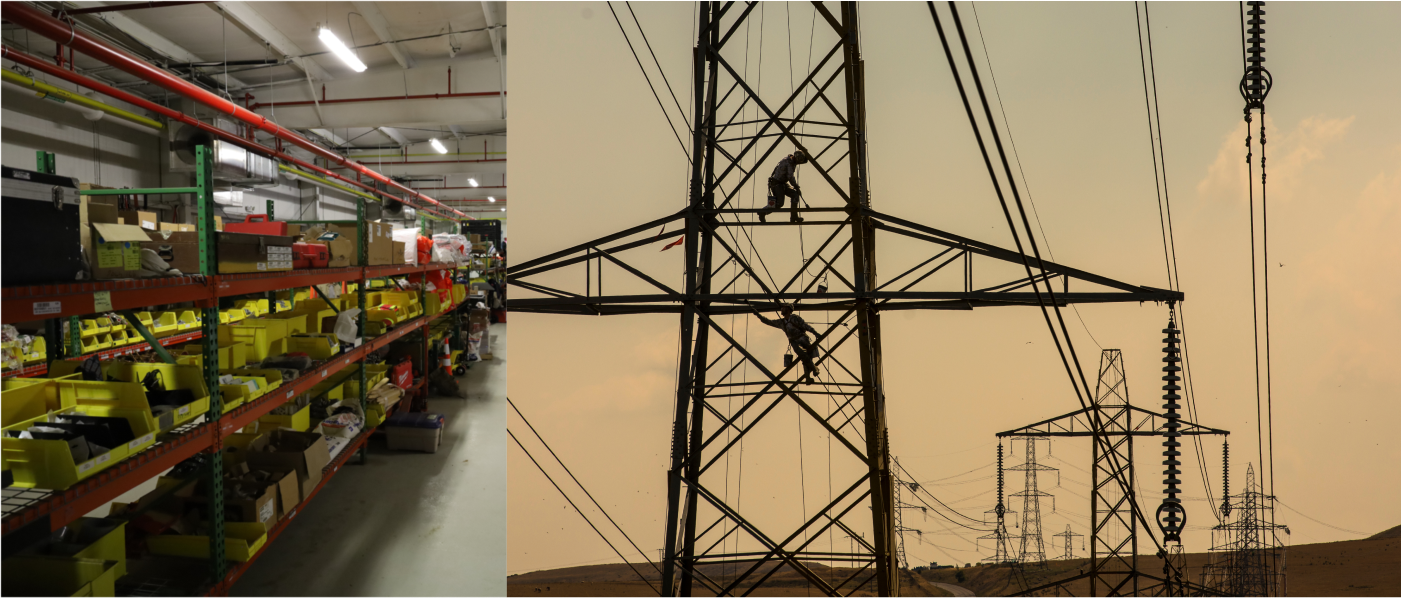
West Monroe has worked with the client since January 2023. From then to mid-June, the client and West Monroe proposed the solution of a material tracking and forecasting dashboard, targeting over 30 warehouse supervisors and other critical warehouse management roles.
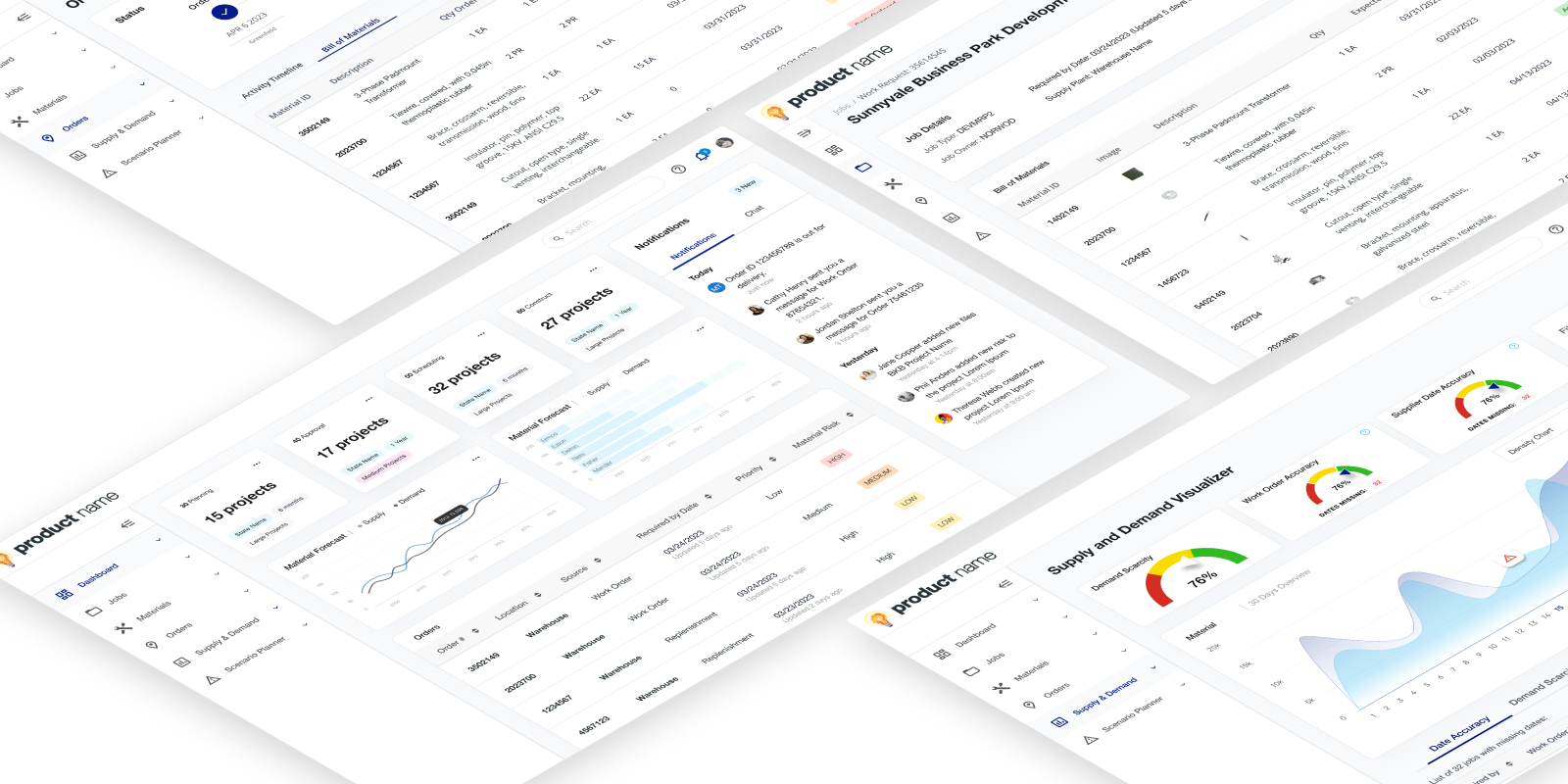
The previous phase's mockups had assumptions and lacked development optimization. As such, my team planned to disassemble the past mockups and redesign the functionalities based on concrete research. Once again, my team collaborated with the client team (comprised of business/design/tech leads, designers, and engineers).

I assisted 5 designers with analogous research, wireframing, and prototyping. I also took on research responsibilities like synthesizing research, persona editing, and stakeholder mapping. Lastly, a team of subject matter experts (SME) provided us insider knowledge of the energy industry.
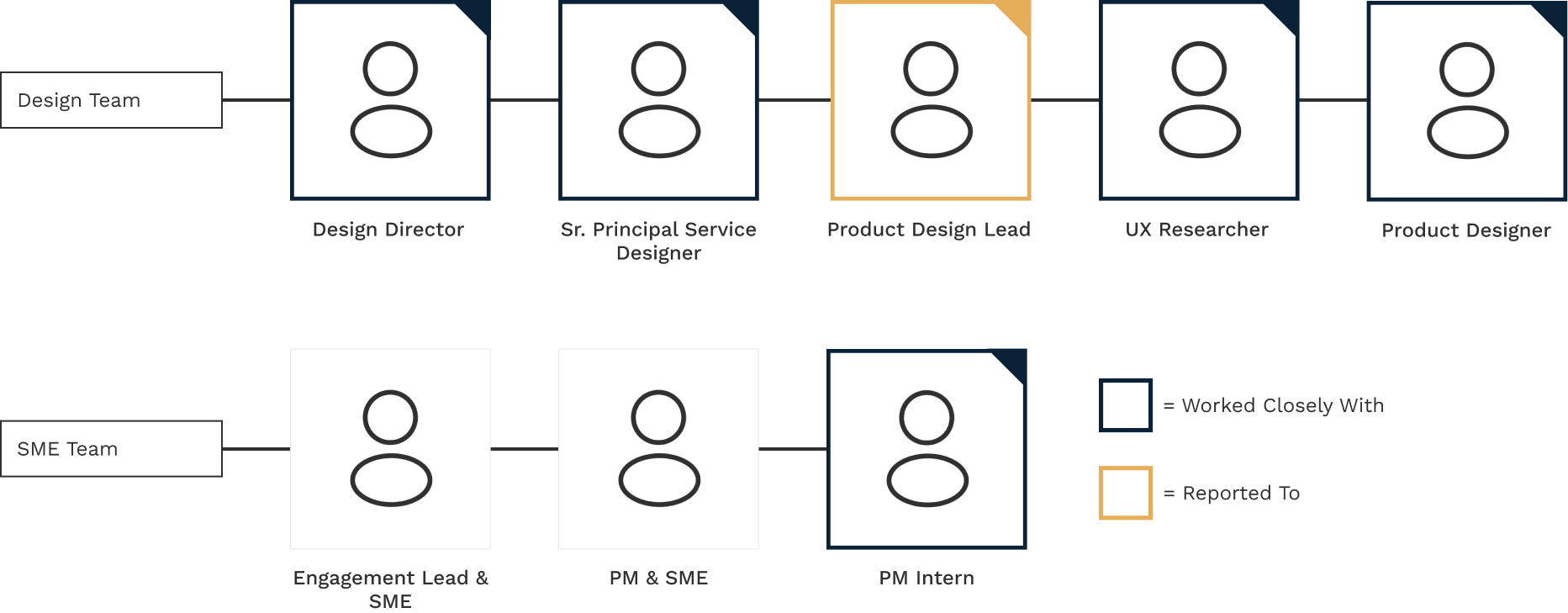
Since the workshop will use personas for validation, the team analyzed the previous phase’s research to ensure the personas were accurate. To aid the team, I reviewed recordings and notes of past interviews with future users, created 2 new personas, and updated the existing 8.

While analyzing research, my team and I faced a challenge grasping the client’s warehousing system due to evolving definitions and overlaps among our personas. Thus, I crafted a visual that outlined how each user persona interacted with the warehousing supply chain.

The team conducted 2 user story mapping exercises with the client and 4 future users on Miro. Due to similarities between the 4 primary stakeholders, the workshop split into two sessions, each focused on 2 related personas. All features began in the backlog, and some moved into the MVP section after discussions.
I designed over 20 Miro slides for the workshop. In addition to the user story mapping exercise, some boards facilitated icebreaker activities, while others collected participant thoughts. During the event, I synthesized findings, assisted participants with technical issues, and maintained detailed notes.
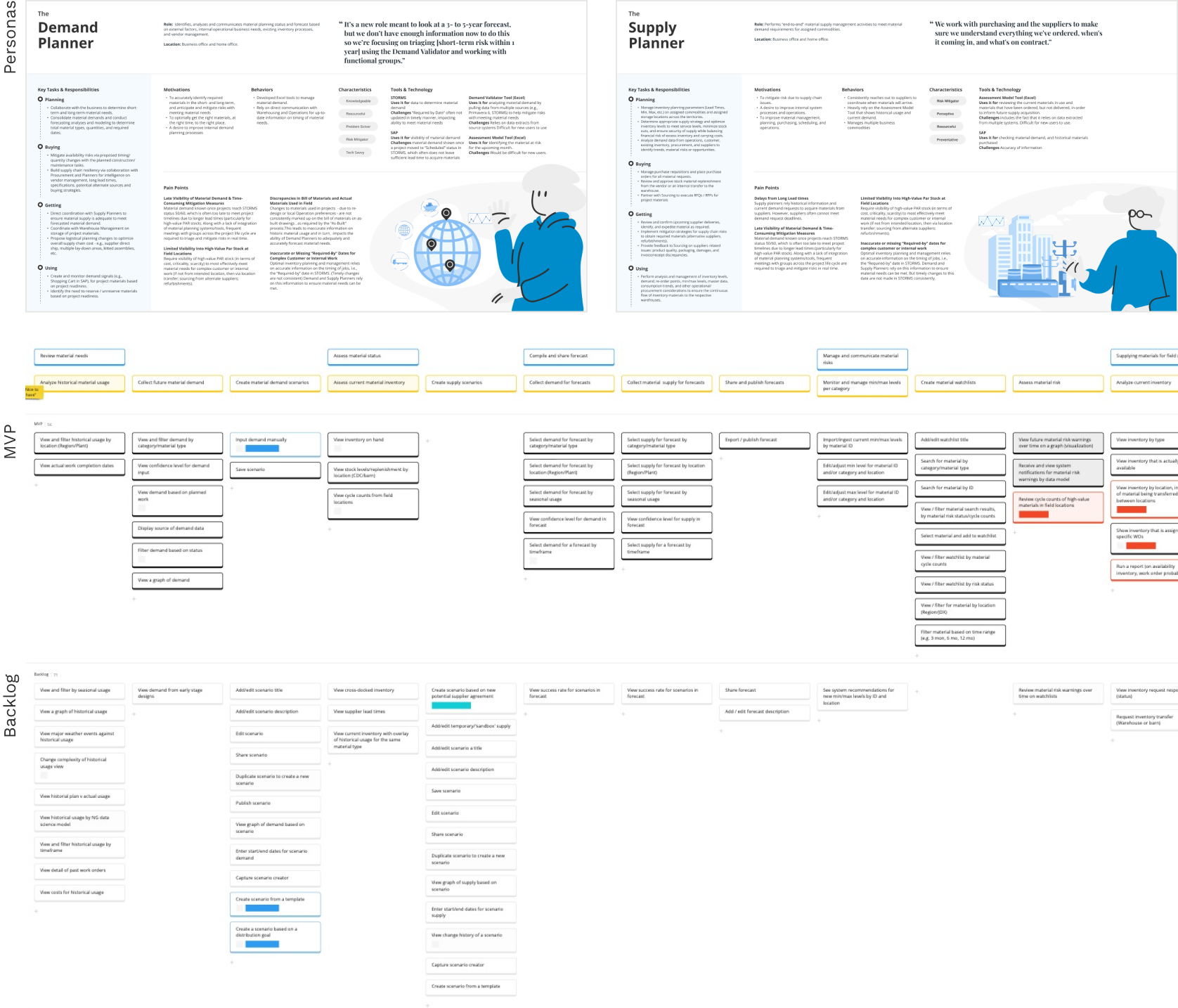
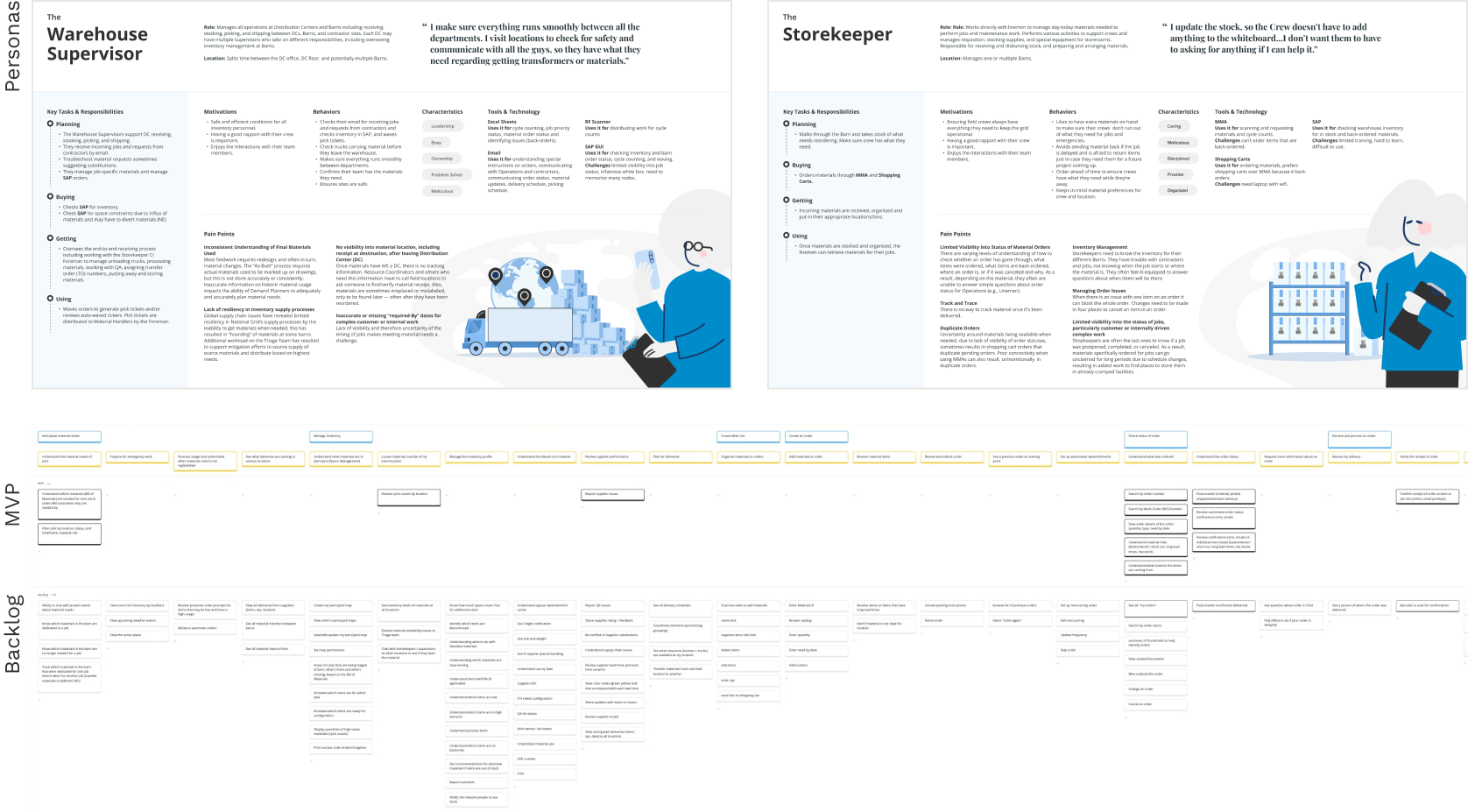
Post-workshop tasks involved working with the client team to synthesize MVP features to fuel 8 two-week design sprints. I participated in the first 2, which focused on the global navigation and search functions and included methodologies like analogous research, wireframing, and unmoderated usability testing through Maze.
Following a team discussion to align on sprint goals, solution significance, and target audience, I designed 16 wireframes. Throughout the sprints, I presented to the team in several feedback meetings where I outlined my analogous research applications and justified my design decisions.
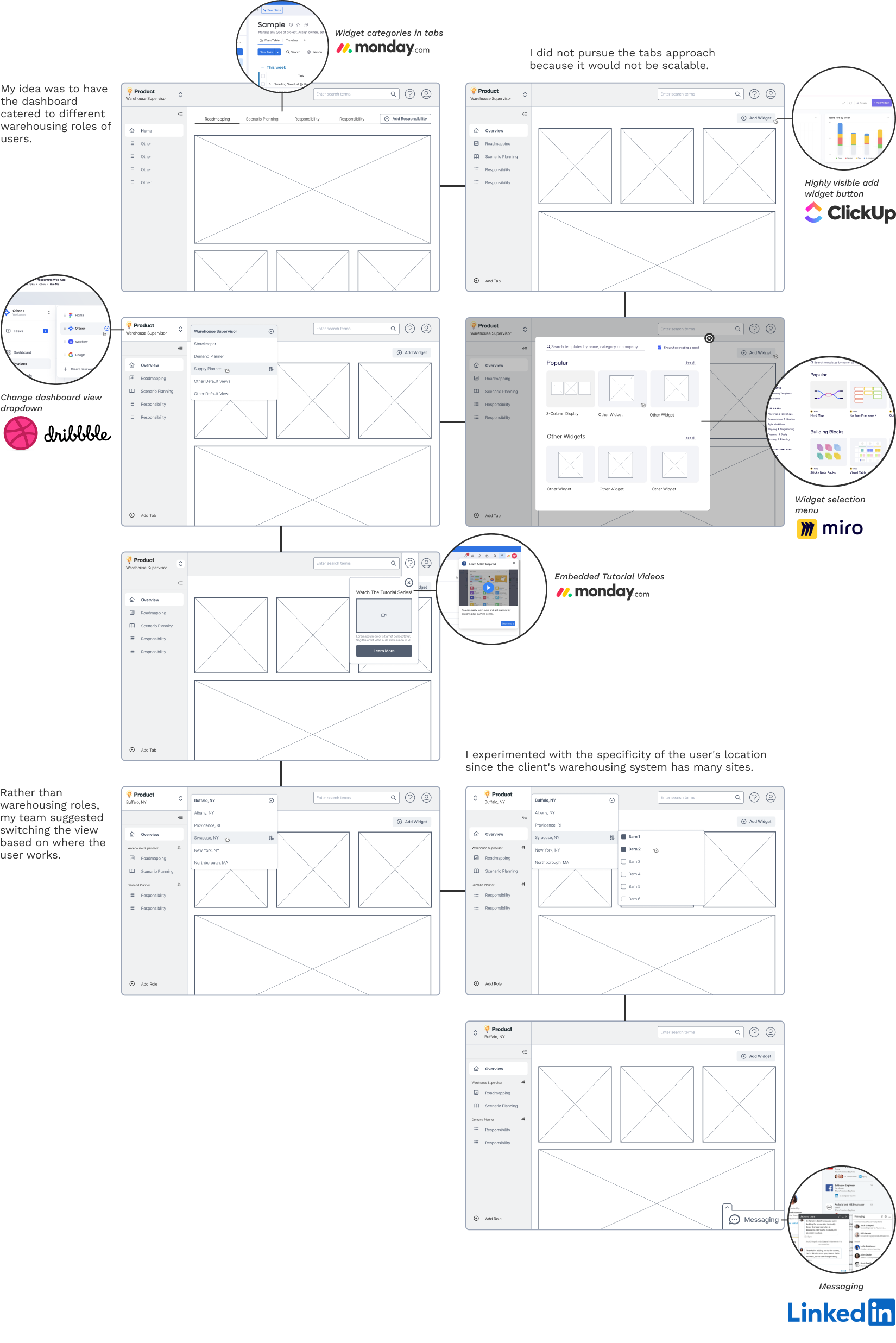
My team and I created the mid-fi wires within the client's design system to eliminate confusion and improve consistency during design presentations with the client team. Additionally, I jump-started the order and material tracker wireframes, giving my team more time to receive client feedback.





I collaborated with the client and my team to review our performance in recent sprints. I suggested improving the efficiency of the 20-person stand-up meetings through the raise hand feature in virtual meetings, which was adopted as standard practice.

Eddy was an exceptional design intern I had the privilege of working with over the summer at West Monroe. His strong design-thinking mindset was evident in all the projects he tackled. Eddy was able to translate concepts into Figma wireframes and develop detailed user personas, showcasing his creativity and strategic approach to design. Beyond his technical expertise, Eddy proved to be a reliable and collaborative teammate, consistently contributing to the success of our projects. His dedication and talent make him an invaluable asset to any design team. I highly recommend Eddy for his great contributions and positive impact on our team.

Product Designer @ West Monroe
See what other people are saying about me here.
This experience pushed my learning to the limits. I was new to a project and had to consume half a year’s work in a couple of weeks before diving head-first into a sophisticated problem space in the energy industry, a sector in which I had no knowledge or experience.
However, by accepting the vagueness, I adapted quickly and absorbed as much knowledge as possible. I built a solid understanding by communicating with the people around me, and I learned to convert insights into curiosity. Because of this, I contributed to the team, exceeding the set expectations of success.
Next Project
